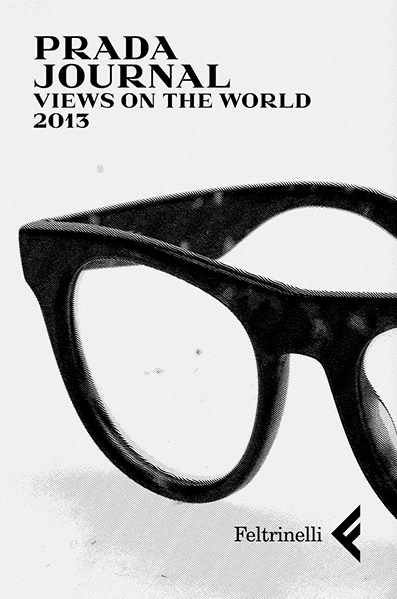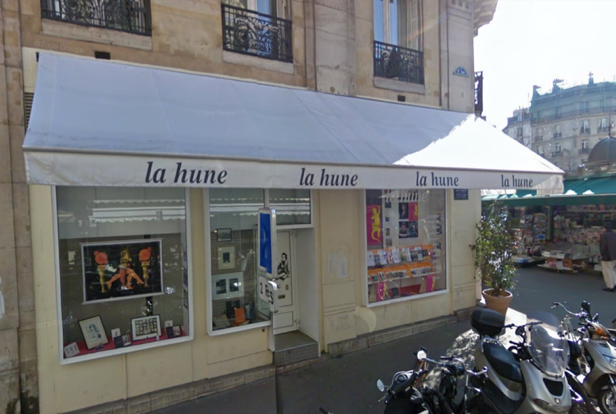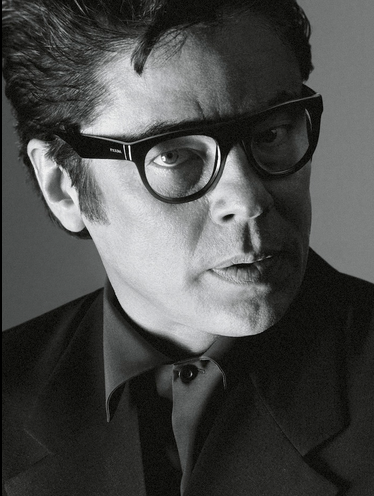IN OCTOBER 2012, Prada announced the winners of its Prada Journal contest, an initiative, in partnership with Italian publishers Giangiacomo Fettrinelli Editore, soliciting short stories from emerging writers for publication in a new print and online magazine ‘in keeping with the brand’s innovative spirit and constant search for new creative voices.’1 In the same month, Louis Vuitton debuted plans to host a ‘literary salon’2 in collaboration with famous Parisian bookshop La Hune, and to release, with backing from esteemed French print house Gallimard, an accompanying volume of short narratives taking the iconic Vuitton luggage case as stimulus.

Whilst fashion’s efforts – faced with constant accusations of frivolousness and triviality – to embed itself in other, more respected forms of culture have a long history, and amount perhaps, to nothing new or noteworthy, such attempts by Prada and Vuitton to specifically target literature seem relatively novel. Typically, it is to music or to cinema that fashion gravitates, as art forms more in sync with dress and costume’s visual, sensorial, and decidedly performative appeal. The prolonged imaginative and introspective space of literature and the closeted postures – having us hunch and fold ourselves over books, laptops and desks – it elicits, fit less well with fashion’s promises of transformation here and now, and require us to be less ‘out in the world’ exhibiting new wares than to remain stubbornly absorbed in fictional ones (even if Marcel Proust by all accounts did write In Search of Lost Time lying in bed under a plush fur coat.)

In her 2004 work Atlas of Emotion, visual scholar Giuliana Bruno notes furthermore how cinema and music crucially imbue the starched, static textures of the fashion garment with vital fluency and movement, whereas text, as cultural theorist Roland Barthes observed in his seminal account of fashion language The Fashion System, fixes clothes down to one interpretation, yokes them to ‘a single certainty.’3
For Barthes, fashion ‘never achieves literature,’ only ‘signifies’ it.4 Such a statement corresponds to his broader argument within The Fashion System that fashion writing or rhetoric is ‘received, but not read,’5 being at heart a hollow, surface exercise that trades in superficial, pretty signs but never meanings, and which corresponds to a self-serving ‘vestimentary code’ but not ‘English grammar.’6 The reason writing about fashion is so difficult, he argues, is because fashion has no concrete referent – its ‘object’ being transient, ever changing, and ephemeral. This denigrates or ‘designifies’ the fashion sign, to the point where it becomes arbitrary and empty: able to decree tracksuit trousers as slobby and unsightly one year but ‘louche luxe’ the next.
In such a context Prada and Vuitton’s recent investments in the art and act of writing are more significant – indicative of desires to heal a long-time asymmetric, fractured bond. And yet, they also speak to recent shifts away from patterns of what sociologist Thorstein Veblen7 infamously christened ‘conspicuous consumption’ towards a new, present-day paradigm of what Yann Moulier Boutang, the French socio-economist, terms ‘cognitive capitalism’8 which locates value not in the commodity or material good but in experiences, knowledge and ‘intellectual capital.’
Against such a backdrop, the acquisition and accumulation of visibly logoed designer products feels gauche; demoded; ostentatious – something that Prada and Vuitton evidently recognise, with Vuitton’s most recent collections, in contrast to earlier collaborations with Stephen Sprouse or Takashi Murakami, paring back its signature florid monograms in favour of demure, streamlined, minimal designs endorsed by understated tastemakers such as Sofia Coppola or actress Michelle Williams. A much anticipated 2011 campaign set in Cambodia and featuring Angelina Jolie, seemed furthermore to mark a break with prior benchmarks of ostentatious display in favour of more experiential archetypes such as exotic travel and humanitarian activity.

Such a campaign, if controversially received,9 illuminated how in these times of lesser attachment to the commodity, Prada and Vuitton’s true ‘selling points’ become less leather goods and knowingly ironic nylon bags than a general aura of understated cerebrality, for the former, and an ingrained sense of artisanal craftsmanship and stylishly outfitted voyage for the latter. This shift speaks not only to the new model of cognitive capitalism, but also to our post financial crisis context, where qualities of authenticity, history and heritage fare better than the endorsement of unchecked consumption and untrammeled luxury.
And yet, however much sociologists and cultural economists proclaim the waning of commodity fetishism, both companies still need to sell vast quantities of their star items in order to have funds for this sophisticated level of brand maintenance. In both initiatives, indeed, the shadow of the commodity looms near: with a link to browse Prada’s most recent eyewear collection directly subtending the link to download the Journal online, which, in similar vein to Vuitton, not so subtly takes ‘the metaphor of prescription glasses’10 as a generative starting point. In addition, Vuitton’s hosting of literary ‘conversations’ at La Hune conveniently dovetailed with the opening, a mere few streets away, of a pop-up ‘Cabinet d’Écriture’ or ‘writing shop’ in its St Germain flagship, exhibiting work by text based artist Ed Ruscha and selling various luxury items – collector pens, leather-lined notebooks, crystal ink pots – of writerly paraphernalia.


Even both brands’ taking up of the short story – a form more easily consumable and able to be fashioned into a cult objet fétiche than the novel – seems to point less to a desire to transcend the fatigued designer good than to simply find new forms for its expression, via approved intellectual channels.
In the online blurb explaining the initiative, Vuitton claims that the imperative behind the ‘writing shop’ was to celebrate the act of writing and its accompanying sense of ‘plush, intimate’ materiality in our at times overbearing digital culture,11 yet risks branding writing as the display and ownership of various luxury products rather than a process in and of itself. The stories in Prada’s anthology – which are as intuitive, fresh and kookily surprising as you’d expect from association with the Prada brand – similarly risk being obscured by the scheme’s underlying marketing objectives. The collection takes as overarching theme the idea of ‘windows on the world’12 which seems ultimately apt, with the Journal at risk of becoming less a space for seeing differently than a transparent exercise complicit with the logic of the market.
Alice Blackhurst is a writer and academic based in Cambridge, UK.
‘Prada Journal: A Place for New Stories’; http://www.prada.com/en/journal/project ↩
M Aissaoui, ‘Vuitton crée un salon littéraire à Paris’, 2012 http://www.lefigaro.fr/livres/2012/10/14/03005-20121014ARTFIG00164-vuitton-cree-un-salon-litteraire-a-paris.php ↩
R Barthes, The Fashion System, Editions de Seuil, Paris, 1967, p. 13. ↩
Ibid, p. 232 ↩
Ibid, p. 232 ↩
Ibid, p. 232 ↩
T Veblen, The Theory of the Leisure Class: An Economic Study in the Evolution of Institutions, Macmillan, New York, 1899. ↩
Y Moulier Boutang, Cognitive Capitalism, Polity Press, London, 2012. ↩
S Armstrong, ‘What’s Angelina Jolie Doing in a Swamp with a £7000 bag?’, 2011 http://www.theguardian.com/film/2011/jun/14/angelina-jolie-swamp-bag-ad ↩
‘Prada Journal: A Place for New Stories’; http://www.prada.com/en/journal/project ↩
‘The Art of Writing,’ http://www.lvmh.com/lvmh-news/news/louis-vuitton-cabinet-d-ecriture ↩
‘Prada Journal: A Place for New Stories’; http://www.prada.com/en/journal/project ↩
